Imagine stepping into the shower after a long day, only to encounter a dismal drip of water instead of a rejuvenating stream.. Low water pressure in your shower system can turn your daily ritual into a frustrating experience.
-
How to Diagnose Low Water Pressure.
-
8 Common Causes of Low Water Pressure in the Shower.
-
How to Prevent Shower Systems from Losing Water Pressure.
-
Recommended Shower Systems to avoid Low Water pressure.
In this article, we'll explore the common causes of low water pressure in shower systems, how to prevent it, and recommend some of the best products to enhance your showering experience. By understanding the factors at play, you can ensure that your showers are consistently invigorating.
How to Diagnose Low Water Pressure
Diagnosing the issue is the first step toward a solution. Begin by checking the water pressure from your faucets, as this will give you a clearer picture of the situation. Ideally, residential water pressure should fall between 45 and 55 psi (pounds per square inch).
You can easily test this by attaching a pressure gauge to an outdoor spigot near your main water supply line or to the cold water line of your washing machine. If the reading is below 40 psi, it's a sign of low pressure, often indicating a problem with the incoming water supply or a blockage within your plumbing system. From there, you can take further steps to investigate the cause and restore optimal flow to your home.
8 Common Causes of Low Water Pressure in the Shower

Understanding the reasons behind a low-pressured shower system is essential for maintaining an enjoyable shower experience. Here are eight common causes, each explained in detail:
Clogged Showerhead
Over time, mineral deposits and debris can accumulate in your showerhead, leading to blockages that restrict water flow. Hard water, which is rich in minerals like calcium and magnesium, is particularly notorious for this. If you notice uneven water flow or weak streams from your showerhead, cleaning it can often restore pressure. Soaking the showerhead in vinegar for a few hours can dissolve mineral buildup while replacing an older showerhead might be necessary if it's too clogged.
Pipe Corrosion
Old plumbing systems, especially those made of galvanized steel or iron, can suffer from corrosion, which narrows the pipes and reduces water flow. As pipes age, they can also develop leaks, further decreasing water pressure. If your home has aging plumbing, it may be time for an upgrade to restore adequate water pressure. Signs of corroded pipes include discolored water or a metallic taste. A professional plumbing inspection can help identify and remedy these issues before they escalate.
Pressure Regulator Issues
Many homes are equipped with a pressure regulator to maintain consistent water pressure throughout the plumbing system. If this device malfunctions or is set too low, it can lead to unexpectedly low pressure in your shower system. Regular checks on the pressure regulator can prevent pressure drops. If you suspect this is the issue, consult a plumber to adjust or replace the regulator as needed.
Main Water Supply Problems
Sometimes, the issue lies outside your home. Municipal water supply problems, such as repairs, maintenance work, or high demand during peak times, can lead to reduced pressure in your home's plumbing. If you notice low pressure coinciding with neighborhood-wide issues, it's likely a temporary situation. However, you can reach out to your local water utility for updates or to report ongoing problems.
Water Heater Problems
If your shower is connected to a hot water system, a malfunctioning water heater can significantly affect pressure. Sediment buildup in the tank can restrict water flow, as can leaks in the hot water line. If you experience low pressure when using hot water, inspect your water heater for signs of leaks or corrosion. Regular maintenance, such as flushing the tank annually, can help prevent these issues and ensure consistent pressure.
Faulty Valves
Valves control the flow of water throughout your plumbing system, and if they become faulty or partially closed, they can restrict water flow to your shower. This can occur with the main shut-off valve and the valves connected to your shower system. Regularly checking that these valves are fully open can prevent unexpected drops in pressure. If you notice any signs of wear or malfunction, consider replacing the affected valves.
Excessive Use of Water Appliances
Using multiple water-consuming appliances simultaneously—such as washing machines, dishwashers, or irrigation systems—can strain your plumbing system and lower your shower's pressure. This is especially true in homes with lower water supply capacity. To avoid this, try to schedule showers when other appliances are not in use. If low pressure is a frequent issue during peak usage, you may need to consider upgrading your plumbing system or appliances to accommodate your household's needs better.
Incorrect Installation
Improper installation of shower systems can also lead to low pressure. This could be due to incorrect pipe sizing, poor connections, or not following manufacturer guidelines. If your shower system was installed recently and you're experiencing pressure issues, consider consulting a professional to assess the installation. Ensuring that your shower system is installed correctly can prevent a host of problems down the line, including low pressure.

How to Prevent Shower Systems from Losing Water Pressure
Preventing water pressure loss in your shower system involves a combination of maintenance and strategic upgrades. Here are some effective tips:
Regular Cleaning: Clean your showerhead every few months to prevent mineral buildup. Soaking it in vinegar can help dissolve deposits. If you have hard water, consider using a filter to reduce mineral accumulation.
Inspect Plumbing: Regularly check your home's plumbing for signs of corrosion or leaks. If your pipes are old, consider an inspection or replacement to ensure optimal flow.
Adjust Pressure Regulator: If your home has a pressure regulator, ensure it's set correctly. A professional plumber can help adjust it to suit your needs.
Mind Water Usage: Avoid using multiple appliances at the same time. Schedule laundry or dishwashing for times when you're not showering to avoid overwhelming the system.
Choose Quality Products: Invest in a quality shower system designed for optimal pressure. Consider products from trusted brands, ensuring they meet your specific water pressure needs.
Recommended Shower Systems To Avoid Low Water
To enhance your shower experience and combat low water pressure, consider these top-rated shower systems from Wellfor:
-
Features:This luxurious system offers a high-pressure rainfall showerhead, ensuring a refreshing and invigorating experience.
-
Why Choose It:Its advanced technology minimizes water pressure loss while maximizing coverage.
-
Features:With multiple spray settings, this shower system allows you to customize your experience based on your needs.
-
Why Choose It:Designed to maintain consistent pressure, it's perfect for families with varying preferences.
-
Features:Sleek and modern, this system boasts efficient water flow and easy installation.
-
Why Choose It:Its design minimizes common pressure issues and provides a strong, steady stream.
-
Features:This system automatically adjusts temperature and pressure for a safe and comfortable shower experience.
-
Why Choose It:Ideal for families, it prevents sudden temperature changes and ensures a steady flow.
Low water pressure in shower systems can be a significant annoyance, but understanding its causes and implementing preventative measures can help you enjoy refreshing showers once again. From regular maintenance to investing in a quality shower system, you have the tools to combat this issue effectively.
For an improved shower experience, consider one of the top-rated systems from Wellfor, designed to maximize water pressure while providing a luxurious feel. Take control of your showering experience today!

Further Reading
-
How to Replace a Shower Diverter: simply repairing an old diverter, this guide will walk you through the process.
-
How to Replace the Shower Faucet Valve: just replacing the old valve, this post will take you through the process.
-
How to Install a Shower System with Body Jets: This comprehensive guide will walk you through the installation process.
By addressing these factors, you can enjoy a revitalizing shower every day. Don't let low water pressure ruin your experience—invest in quality solutions that enhance your daily routine!



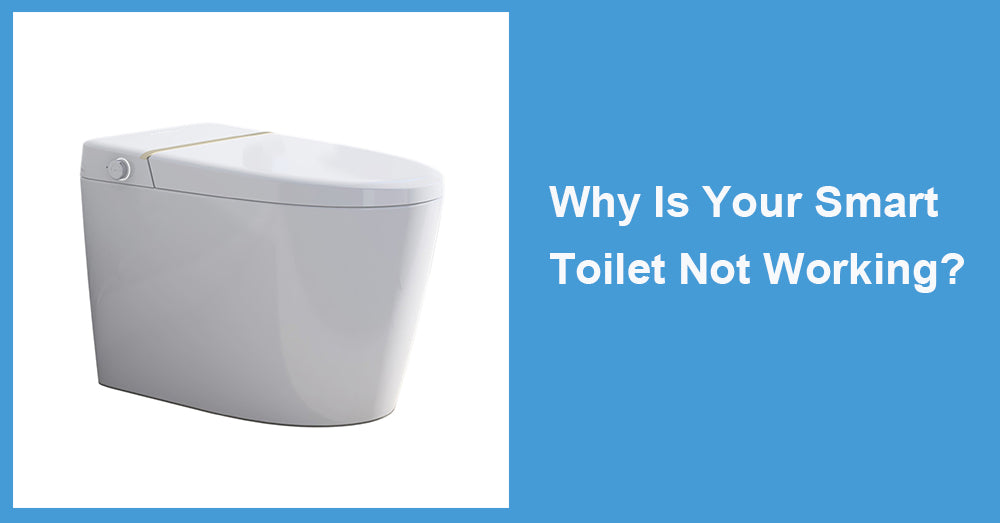
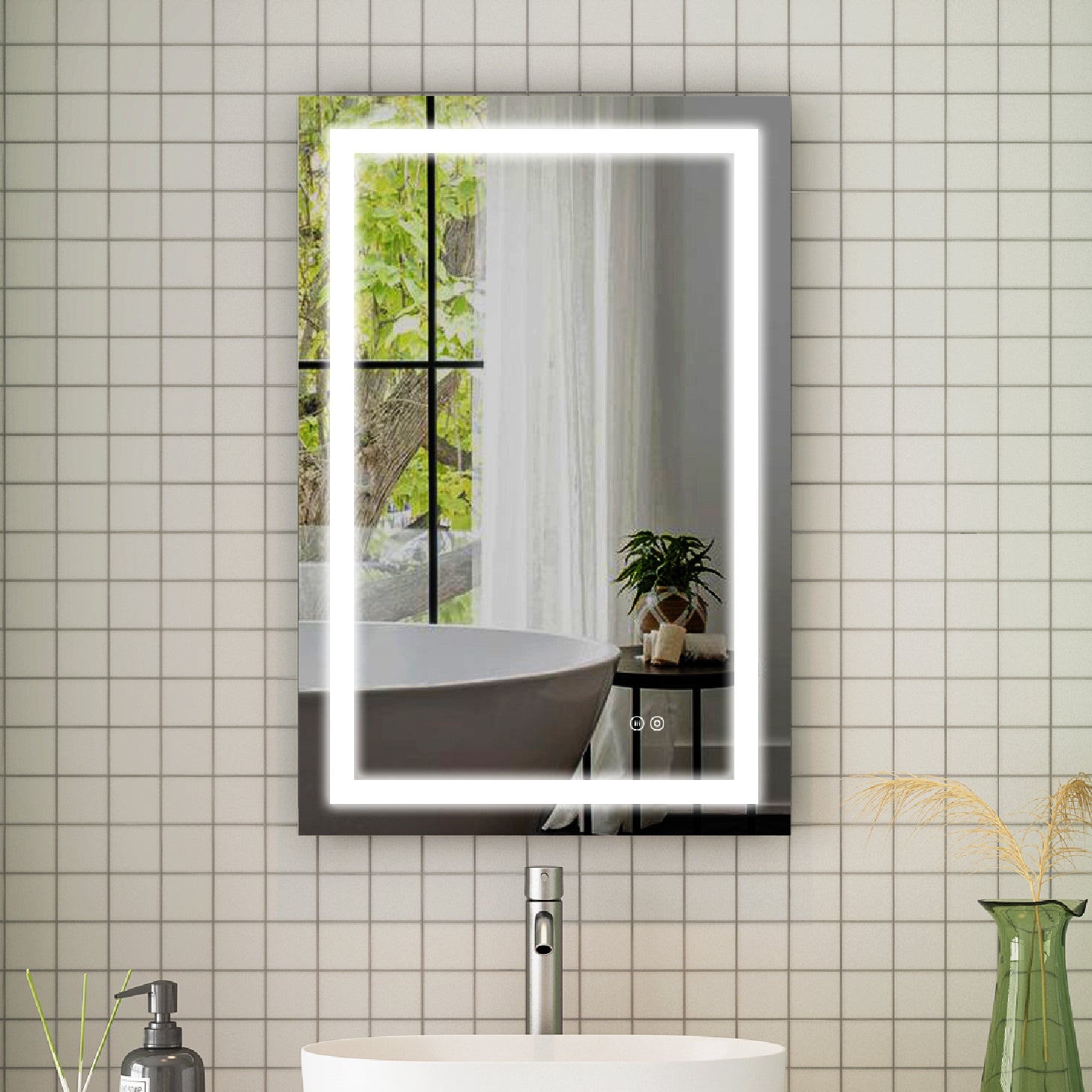
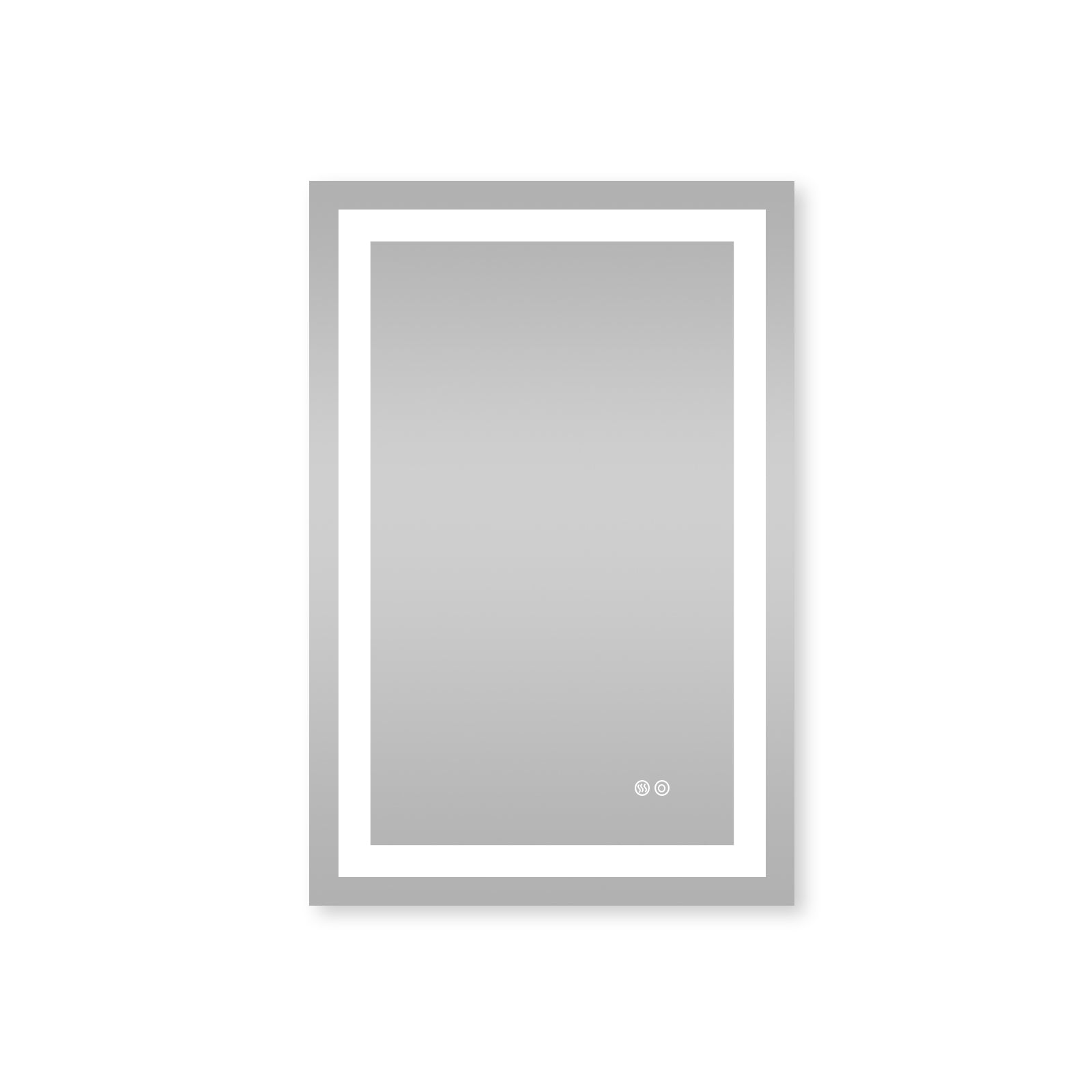
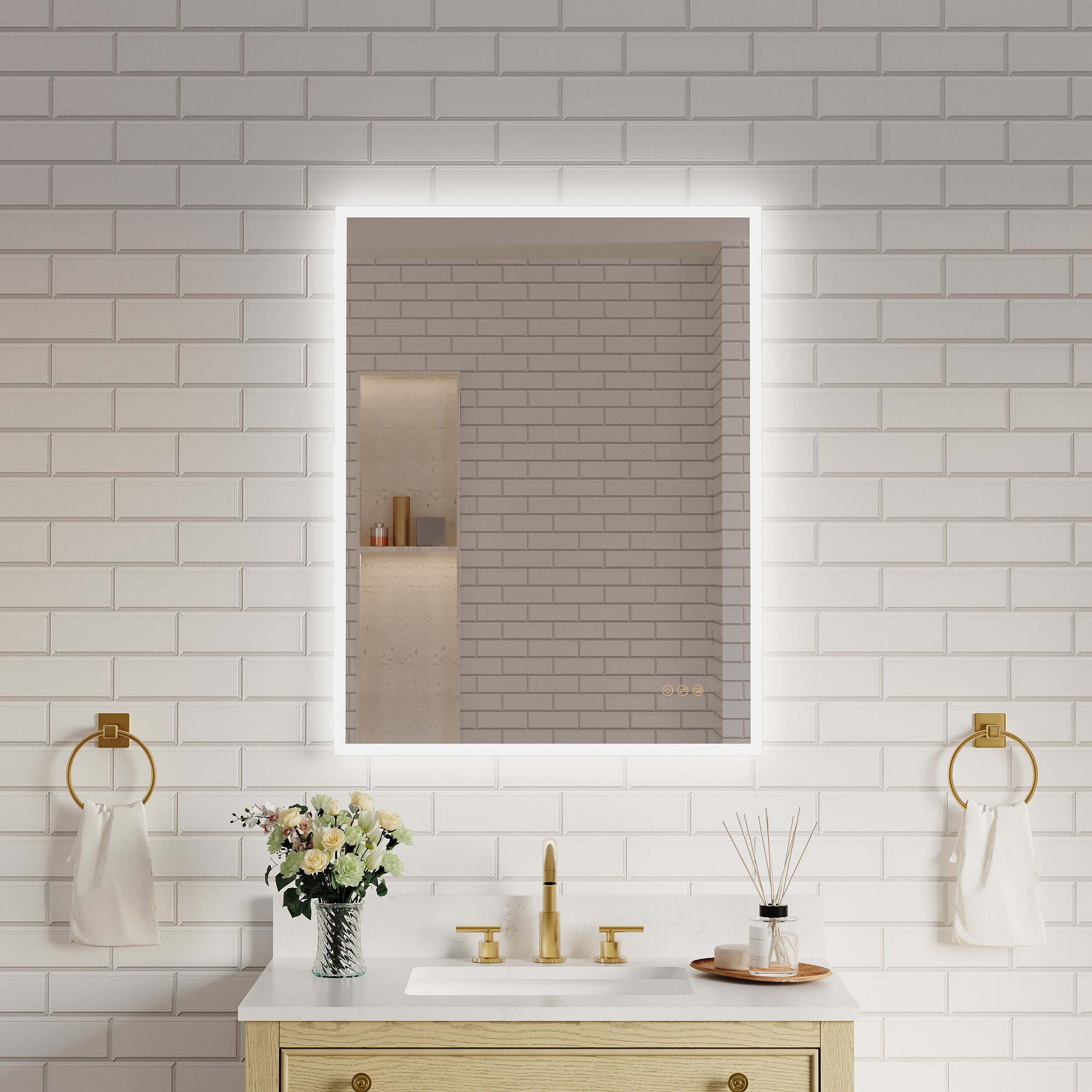


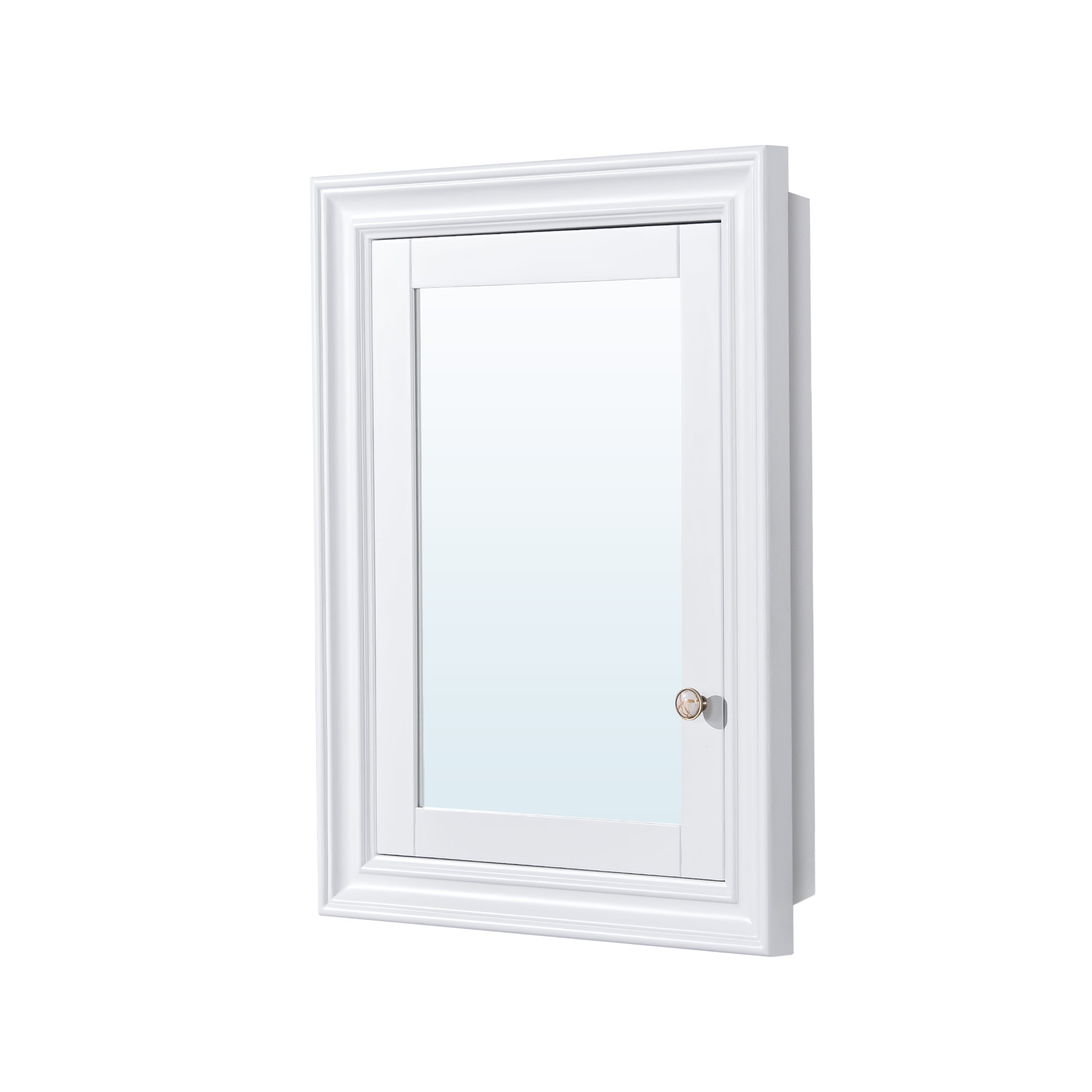
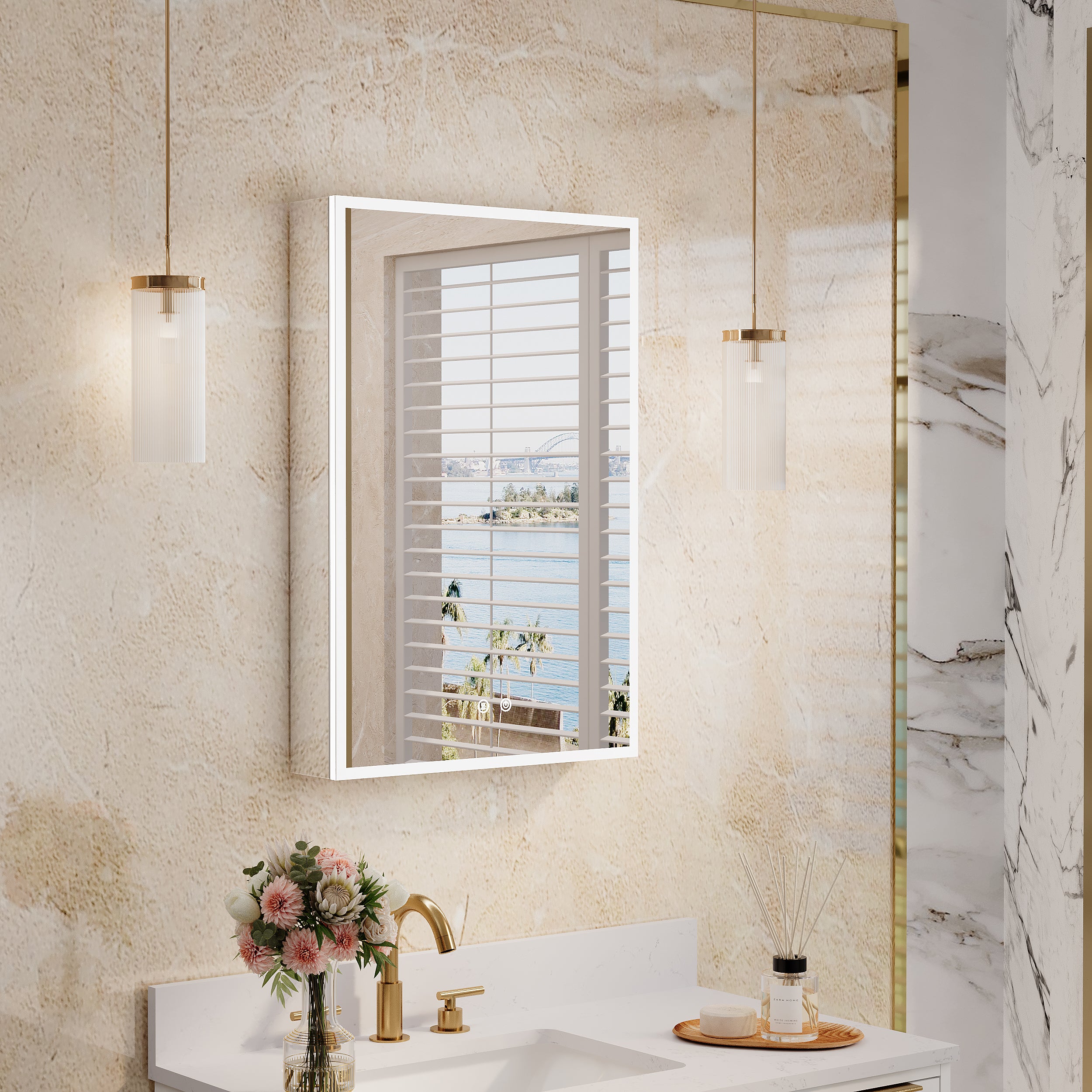
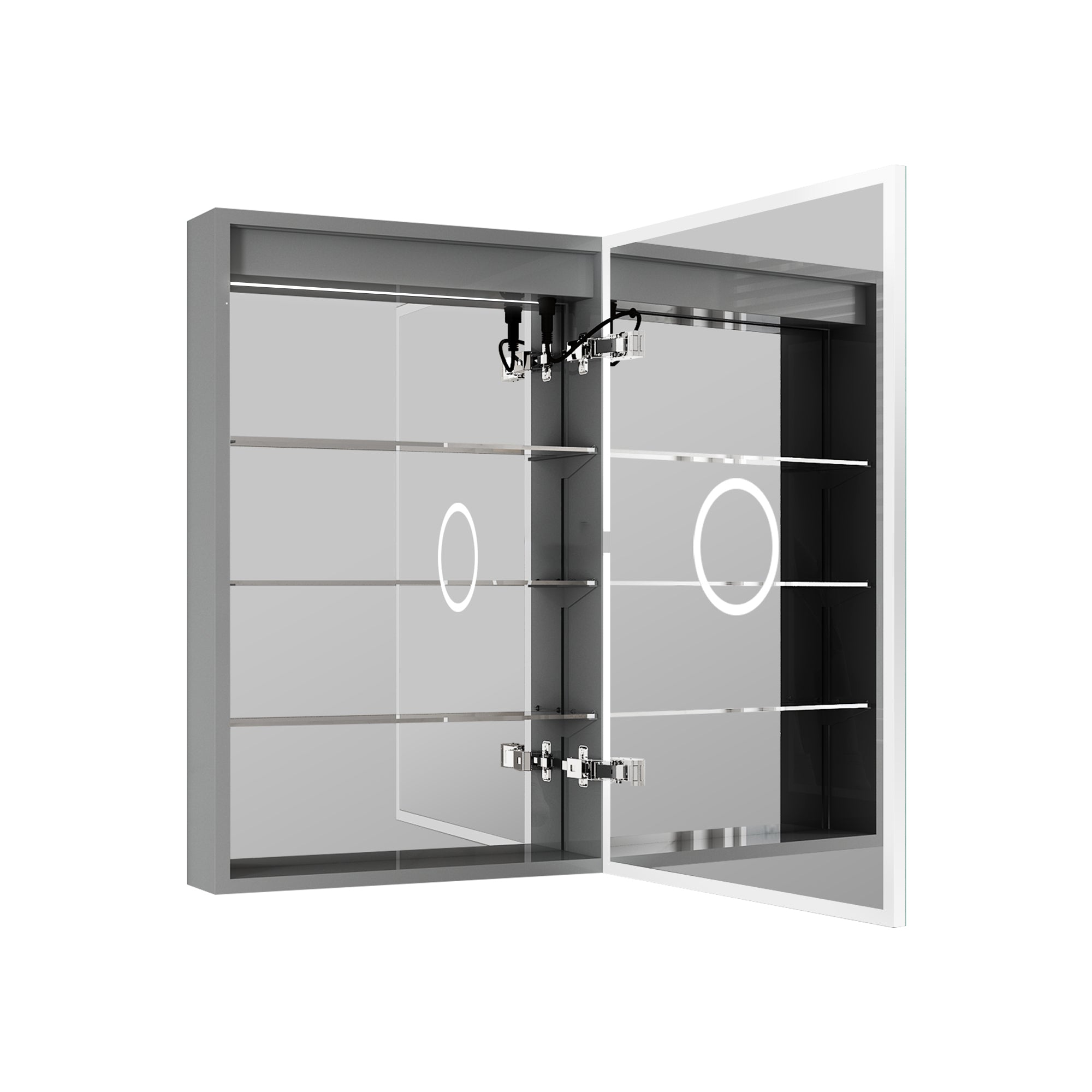
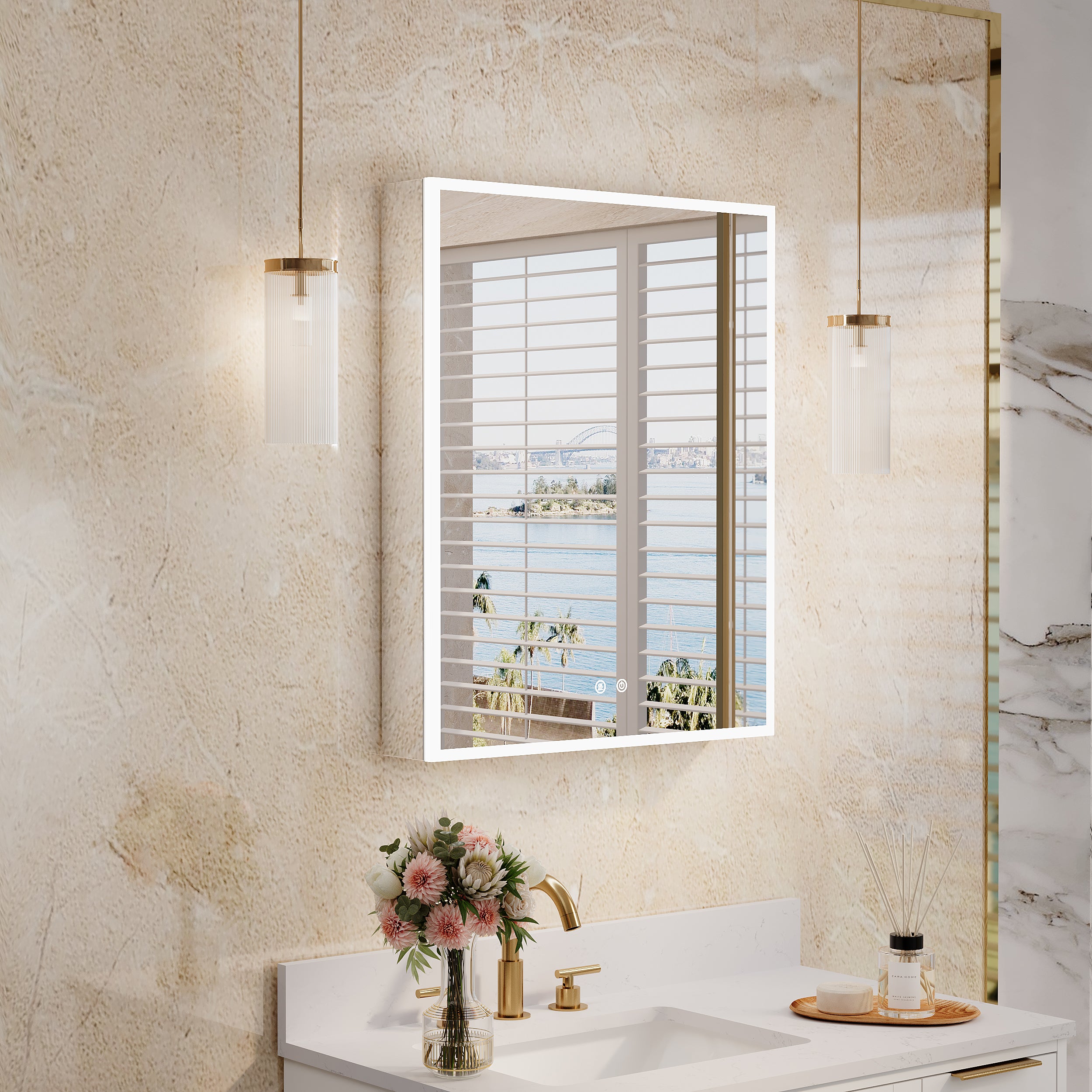
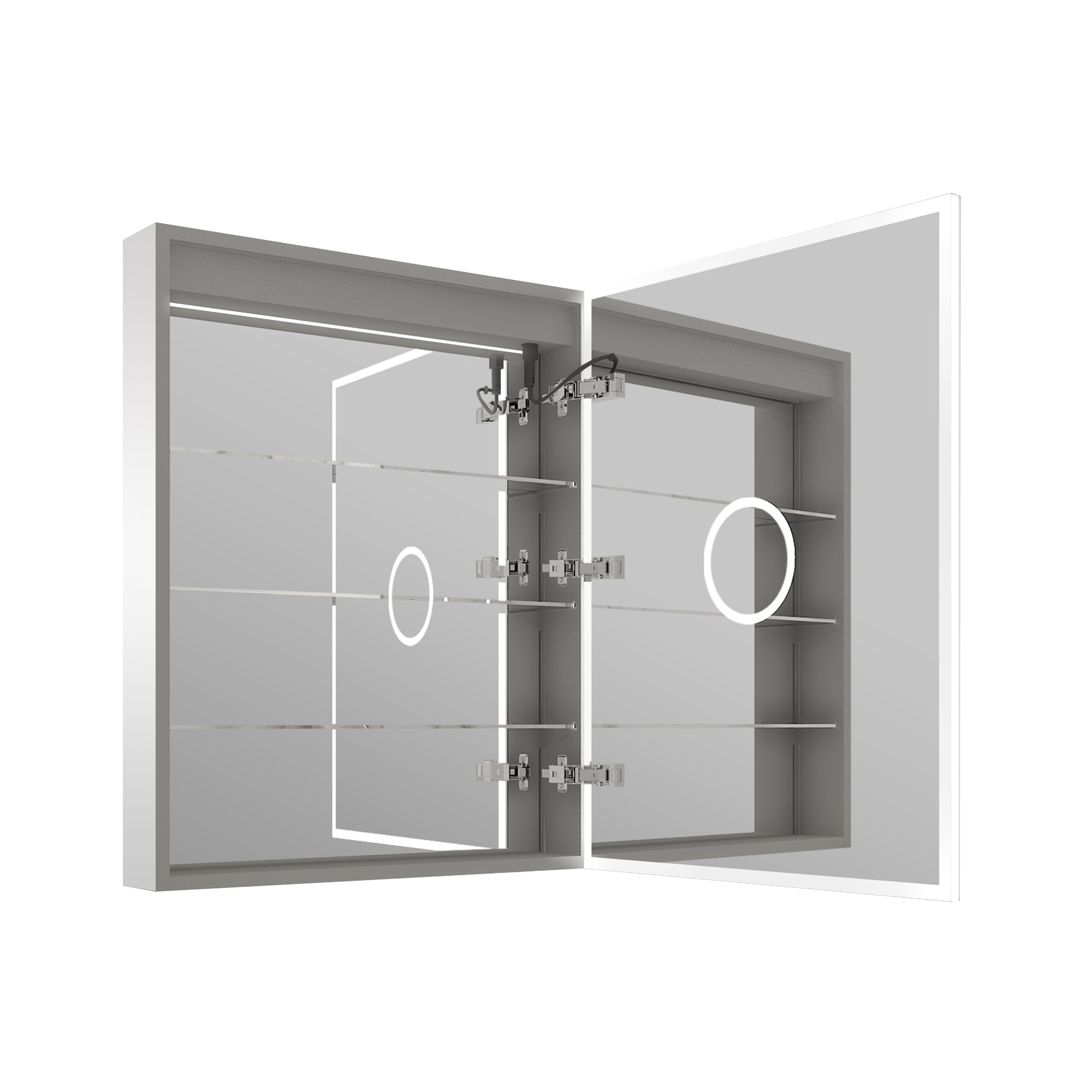


Leave a comment
This site is protected by hCaptcha and the hCaptcha Privacy Policy and Terms of Service apply.